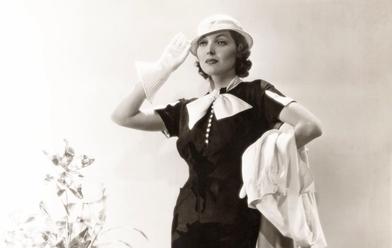When summer sends temperatures soaring, our first instinct is to doff layers of clothing. Aside from showing more skin than you may want to, you might think casualness is the only way to stay cool. However, it’s possible to feel refreshed while looking lovelier than ever in warmer weather. By drawing fashion inspiration from times gone by, you can achieve a timelessly elegant yet airy aesthetic.
Two convenient resources for vintage fashion inspiration are movies and magazines. While films give glamorous examples of styles from decades ago, fashion publications offer a more practical guide to what the average woman wore. It can be hard to find copies of old magazines, so it’s extremely useful that every issue of Vogue from its 129-year history is available for free online viewing, either on the magazine’s website or via your local public library.






